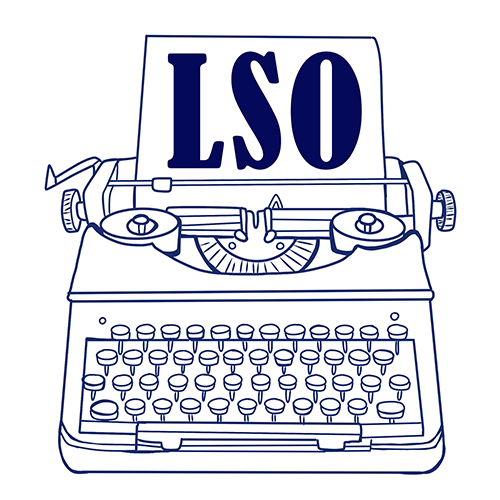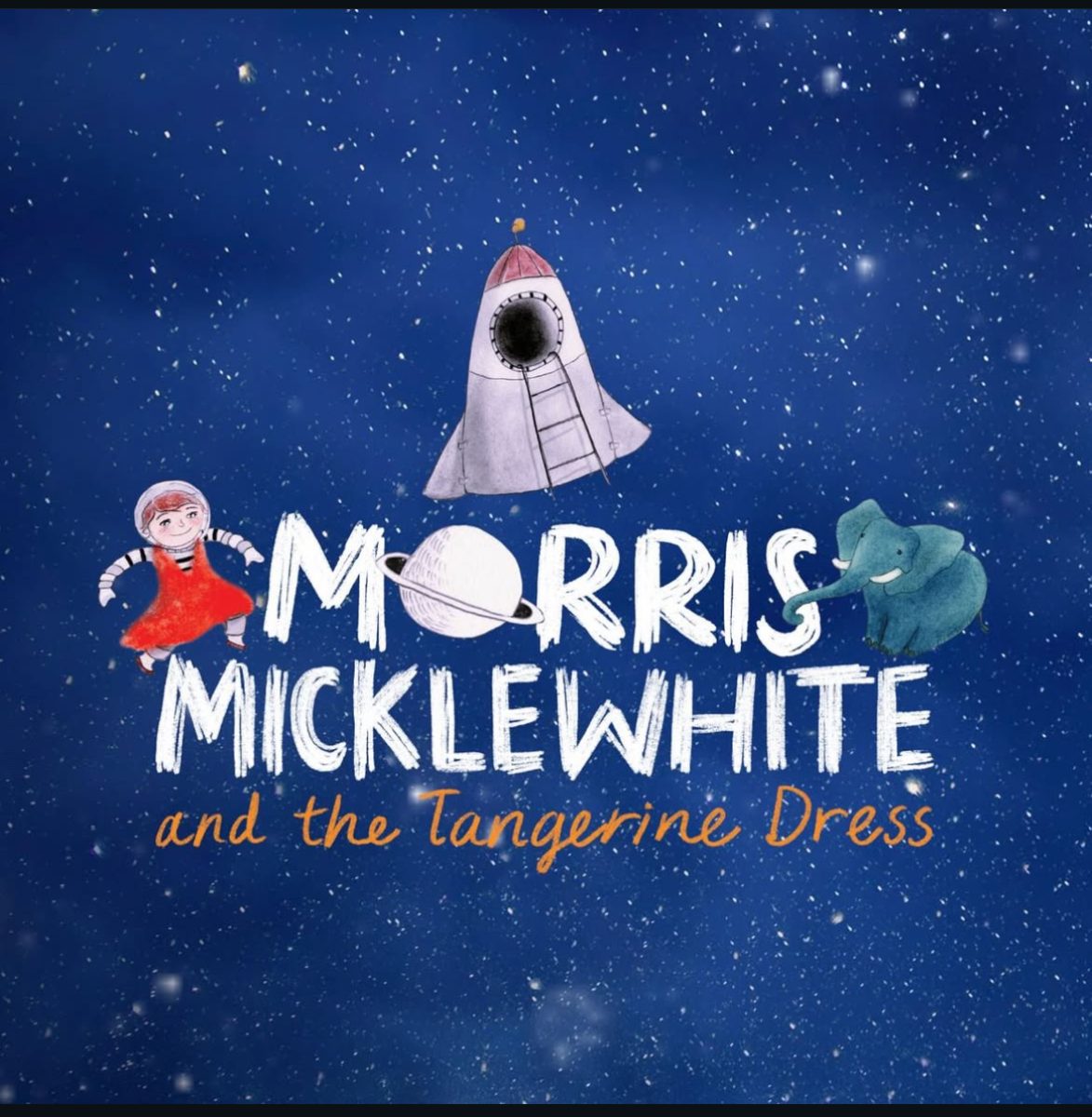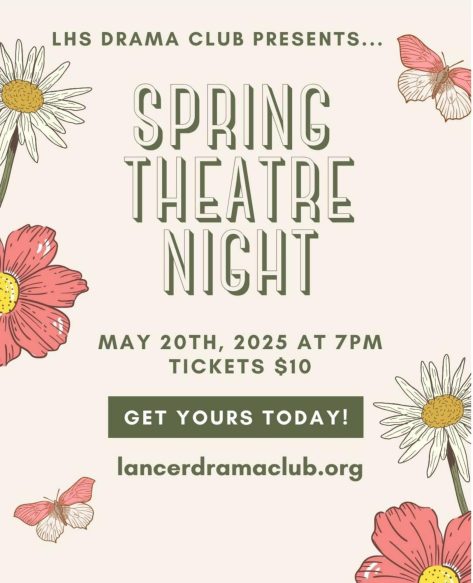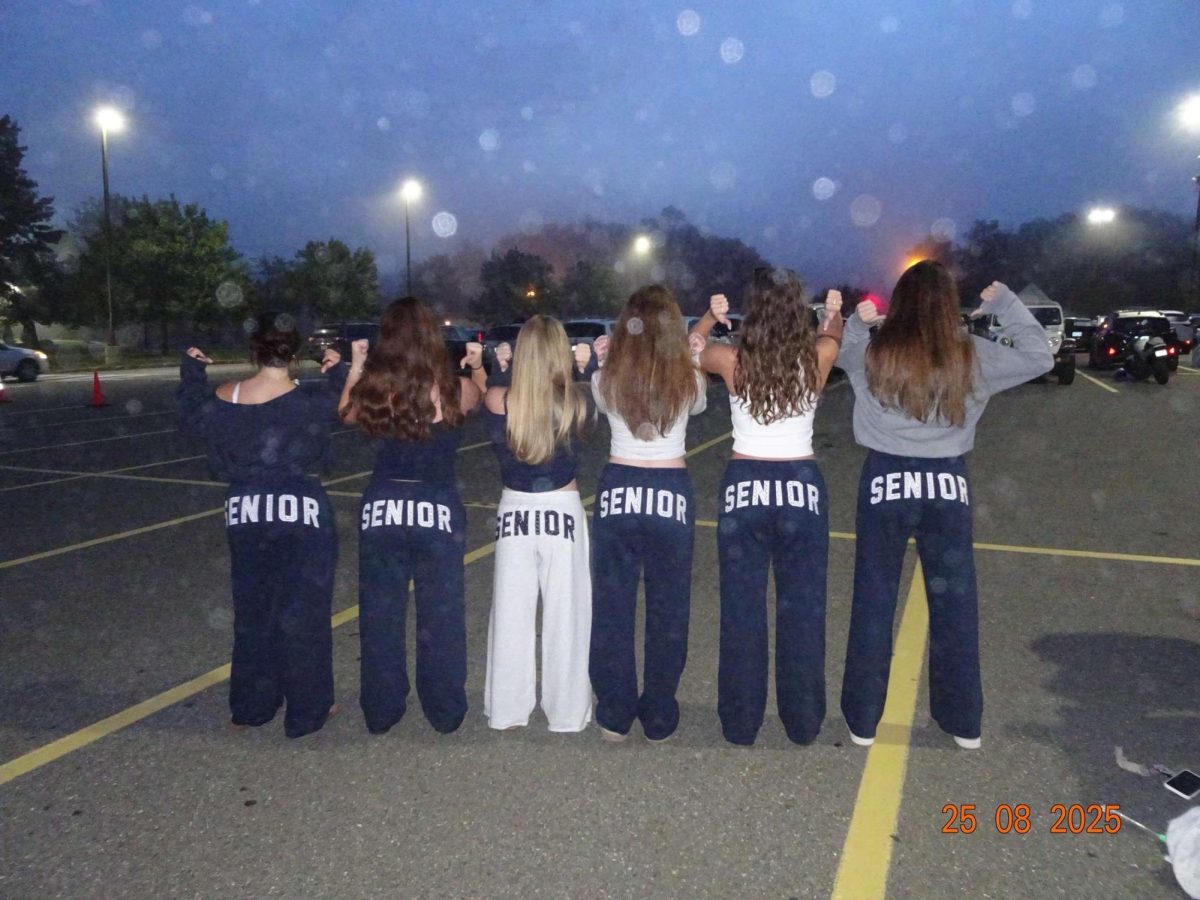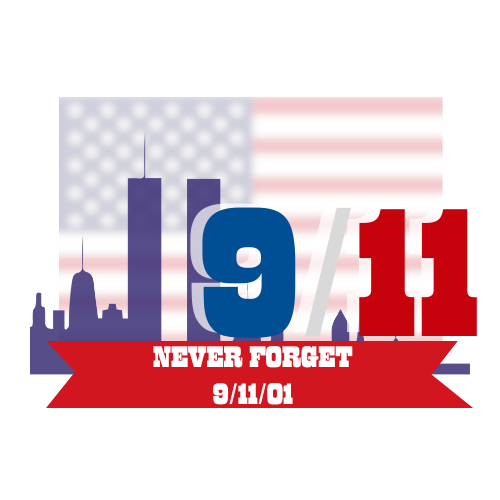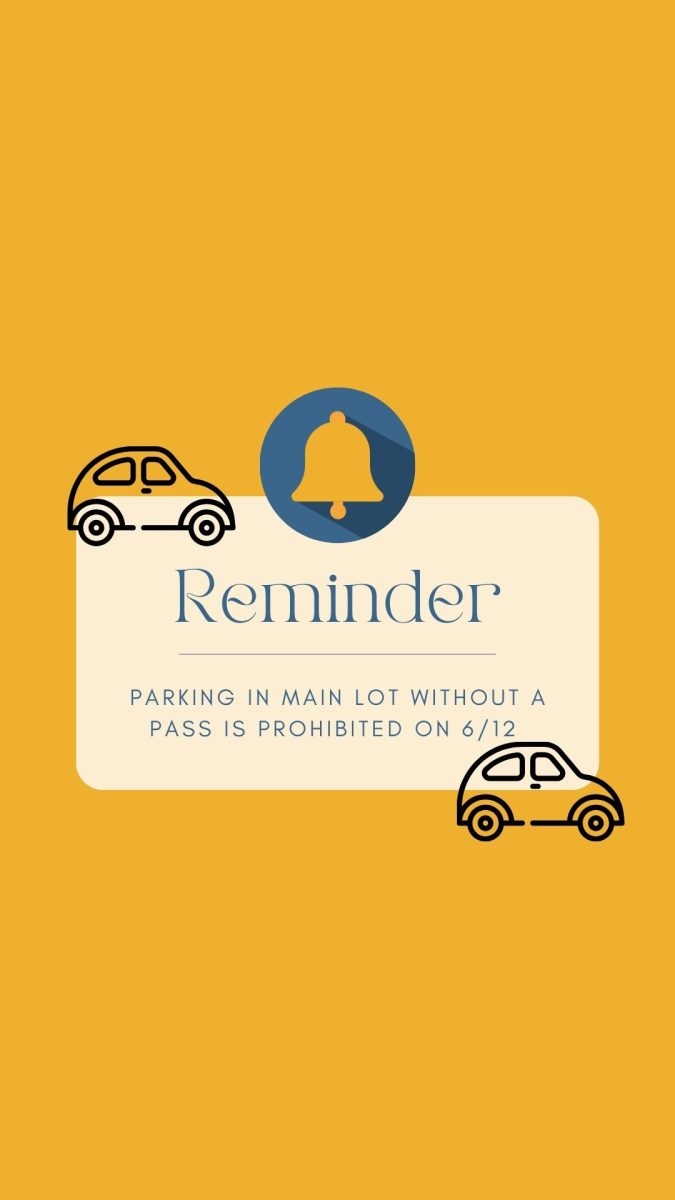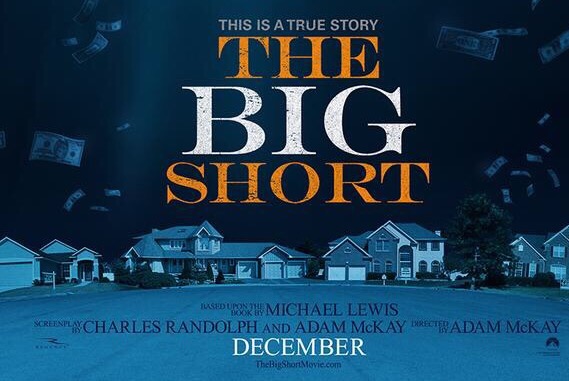
With its energy, style and even story, The Big Short is in many ways like The Wolf of Wall Street, and despite largely playing off the the fame of the movie The Big Short, for the most part, works.
Leading up to the crash of the housing market in 2008, this Adam McKay directed film follows the true story of the nine men who discovered the threat of the impending recession before anyone else. With their forewarning knowledge, the men invest in bonds that bet against the success of the housing market so that at the moment of the crash enormous sums of money will be gained.
Formally known for his cheap gag comedies like Step Brothers and the Anchorman movies, Mckay has made a swift turnaround towards the dramatics. While The Big Short is a very comedic movie, its mature themes make for several dramatic and at times emotional scenes.
Its heavyweight cast, consisting of Steve Carell, Ryan Gosling, Christian Bale and Brad Pitt, brings many powerful performances that are the heart and soul of the movie. Having knowledge of the financial disasters afoot, these men are faced with the moral questions of how to respond to it. Their conflicting emotions are expressed quite realistically, especially through Carell’s role as financial expert Mark Baum. Carell, of the sitcom The Office fame, had has first dramatic performance in the 2014 film Foxcatcher where he received an Oscar nomination, and with The Big Short he proves his staying power.
The problem with this movie is also at times one of its strongest components. A “fourth wall break” is a moment in which a movie is self aware of its nature and interacts with an audience. This technique is most often used for comedic purposes, and when executed effectively can be quite hilarious. While the fourth wall breaks in The Big Short are done well, the amount is too high and the joke becomes worn. Being a finance movie, there are many terms and scenarios that the average audience member may not recognize, so to make the movie more accessible, fourth wall breaks are used to explain them. Here, the jokes are a hit or miss.
The other most notable flaw here is McKay’s new style in editing. Possibly trying to capture The Wolf of Wall Street’s sporadicness, the camera cuts are rapid and unnecessary. At times a director’s most important job is to know when not to cut to a different shot. The edits seem to exist purely for visual effect, but they come across as out of place when the have no true purpose. In order to survive as a dramatic director, Adam McKay must learn self control if he plans to continue on with his frantic style.
Overall, The Big Short is quite a good movie; beholding a compelling story and an excellent ensemble cast. The film falters with McKay’s at times sophomoric direction, but it is a compelling and perhaps needed insight into the U.S. economy.
7/10
